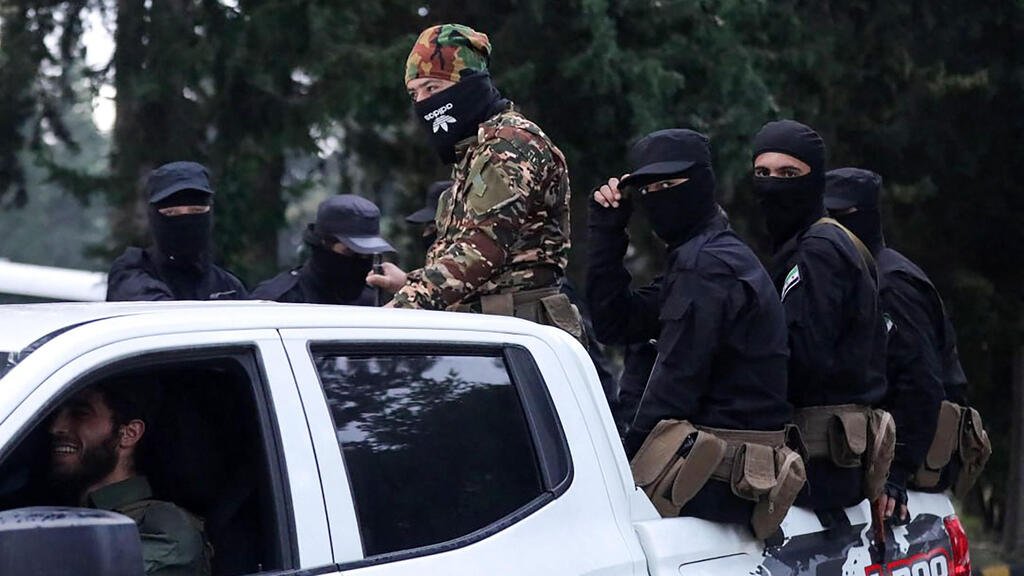, a nation exhausted by more than a decade of civil war, has once again plunged into chaos as violent in the coastal province of Latakia. The latest violence highlights the deep divisions in Syrian society following the ousting of in December 2024 — a turning point that many hoped would lead to peace but has instead reignited old rivalries.
According to an official security source speaking anonymously, pro-Assad fighters launched a series of coordinated attacks on security checkpoints and outposts in the region, resulting in the deaths of 121 security personnel and the injury of dozens more. The violence quickly escalated beyond military targets, with reports of horrific massacres against Alawite civilians — the religious minority to which Assad belonged—allegedly carried out by forces linked to the new government.
Since the collapse of Assad’s rule, a large number of military and security personnel have gone into hiding in the Latakia mountains. Many of these individuals are high-ranking figures accused of committing war crimes on behalf of Assad, and they are believed to be behind the recent violent uprisings in the coastal region.
The resurgence of violence sent ripples across the Middle East, raising concerns that the conflict could once again draw in regional powers like Iran, Russia, and Turkey. Analysts warn that Iran-backed militias might attempt to rearm pro-Assad fighters, while opposition factions could seek support from neighboring countries, turning Syria into a proxy battleground for external actors.
While the coastal Latakia region remains at the center of the current conflict, other areas of Syria—inhabited by different sectarian groups — remain tense but relatively calm. However, fears persist that the violence could spread to the Kurdish regions in the east or the Druze areas in the south.
